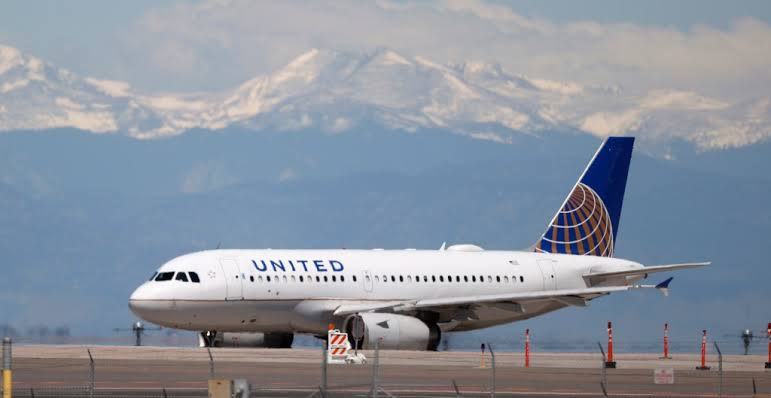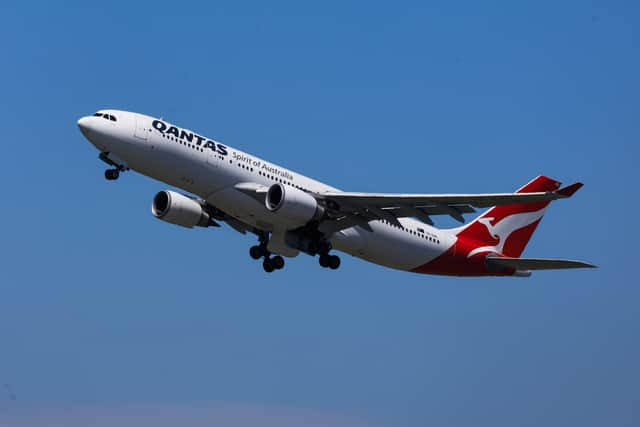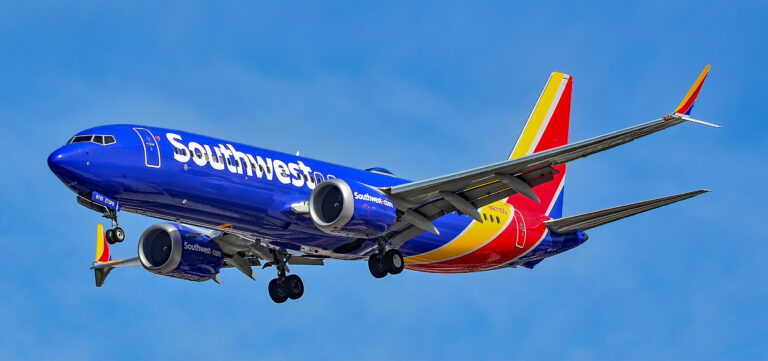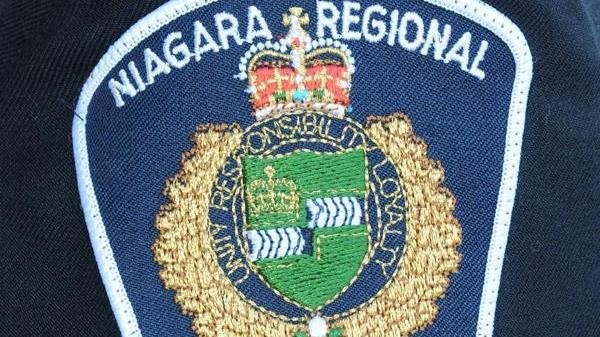United Airlines partners with Elon Musk’s Starlink to offer free in-flight Wi-Fi
In a groundbreaking move set to redefine in-flight connectivity, United Airlines has partnered with Elon Musk’s SpaceX to equip its fleet with Starlink satellite internet, offering passengers free, high-speed Wi-Fi during their flights.
This collaboration positions United Airlines at the forefront of technological innovation in aviation, promising to enhance the passenger experience significantly.
The Evolution of In-Flight Connectivity
In-flight Wi-Fi has evolved considerably over the past two decades. The journey began in 2003 when Lufthansa became the first airline to offer internet services on board, utilizing early satellite technology.
However, these initial offerings were limited by low speeds and high latency, making activities like streaming or video conferencing virtually impossible.
Over time, advancements in satellite communications and onboard equipment have improved connectivity, but challenges such as inconsistent coverage and high costs have persisted.
Enter Starlink: Revolutionizing In-Flight Internet
Starlink, a subsidiary of SpaceX, aims to provide global internet coverage through a constellation of low Earth orbit (LEO) satellites.
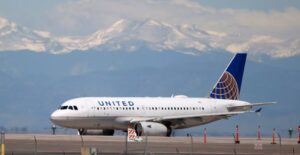
This proximity reduces latency and enhances data transfer speeds, offering a more reliable and faster internet experience.
The implementation of Starlink’s technology in aviation is a game-changer. Passengers can expect seamless streaming, real-time online gaming, and smooth video conferencing, activities that were previously challenging with conventional in-flight Wi-Fi systems.
This advancement aligns with the increasing demand for continuous connectivity, allowing travelers to work, communicate, and entertain themselves without interruption.
United Airlines’ Commitment to Innovation
United Airlines’ decision to integrate Starlink’s satellite internet underscores its commitment to enhancing passenger experience through technological innovation.
By offering free, high-speed Wi-Fi, United not only meets the growing expectations of modern travelers but also sets a new standard in the industry.
This move is part of United’s broader strategy to differentiate itself in a competitive market by investing in customer-centric amenities.
The Competitive Landscape
United Airlines is not alone in recognizing the potential of advanced satellite internet services.
In April 2022, Hawaiian Airlines announced a partnership with Starlink to provide free internet access on its aircraft, becoming the first major U.S. airline to adopt the service.
Similarly, Qatar Airways launched its first flight featuring Starlink Wi-Fi in October 2024, allowing passengers to experience high-speed internet at 36,000 feet.
These developments indicate a broader industry shift towards embracing cutting-edge technologies to improve passenger satisfaction.
Technical Implementation and Challenges
Integrating Starlink’s technology into an airline’s fleet involves several technical considerations.
The installation process requires equipping aircraft with specialized antennas capable of maintaining a stable connection with LEO satellites.
This retrofit process must be meticulously planned to minimize downtime and ensure compliance with aviation safety standards.
Additionally, airlines must address potential challenges such as signal interference, regulatory approvals, and the physical integration of hardware into various aircraft models.
Passenger Experience and Feedback
Early feedback from passengers on airlines that have implemented Starlink’s service has been overwhelmingly positive.
Travelers have reported seamless streaming, reliable video conferencing, and overall satisfaction with the internet speed and stability.
For business travelers, the ability to maintain productivity during flights is a significant advantage, while leisure travelers appreciate the enhanced entertainment options.
This improved connectivity transforms the in-flight experience, making air travel more enjoyable and efficient.
Economic Implications for Airlines
Offering free, high-speed Wi-Fi presents both opportunities and challenges for airlines.
On one hand, it serves as a compelling value proposition that can attract tech-savvy travelers and foster customer loyalty.
On the other hand, airlines must consider the costs associated with installing and maintaining the necessary equipment, as well as potential impacts on ticket pricing and profit margins.
However, as technology advances and becomes more cost-effective, the long-term benefits of enhanced passenger satisfaction and competitive differentiation may outweigh the initial investments.
Future Prospects and Industry Trends
The partnership between United Airlines and Starlink signifies a pivotal moment in the aviation industry, highlighting a trend towards ubiquitous connectivity. As more airlines adopt advanced satellite internet services, passengers will come to expect high-speed Wi-Fi as a standard offering.
This shift could lead to new revenue models, such as premium content subscriptions or partnerships with streaming services, further enhancing the in-flight experience.
Moreover, continuous connectivity opens up possibilities for real-time data analytics, personalized services, and improved operational efficiencies within the airline industry.
Conclusion
United Airlines’ collaboration with Elon Musk’s Starlink to offer free in-flight Wi-Fi represents a significant leap forward in aviation technology.
By embracing cutting-edge satellite internet services, United is setting a new benchmark for passenger connectivity and satisfaction.
As the industry continues to evolve, such innovations will likely become standard, reshaping the future of air travel and meeting the ever-growing expectations of connected passengers.
